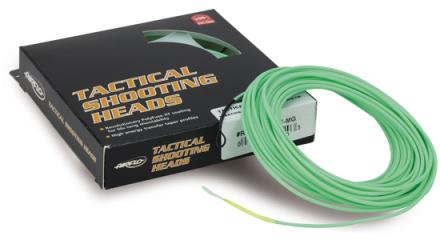On the Lower Yuba River as well as many Northern California rivers, we have been dealing with drought conditions for most of the summer and into this fall. The rivers are running low and gin clear. The trout are obviously nervous during full sunlight hours and have often moved to aerated sections of the river or deeper holding water in runs, slots and pools. I’m stating this from observation and from fishing the river this season.
Here are a few conclusions from this summer
Fish the Riffles – During the summer months I have had better luck fishing deeper riffles, 2 to 4 feet deep, where there are boulders or larger rocks to create soft holding spots. When fished carefully and thoroughly I have sometimes been rewarded after being blanked in runs and areas where the water is low, bright and clear. When the sun is up higher, fishing the areas of the river where the sunlight shines to the bottom was often unsuccessful. The trout just are not feeling comfortable or safe.
Fish the Drop Offs – Fish the drop-offs where the riffles end and the runs begin. These areas have safe and aerated water for the trout. If there are bugs hatching in the riffles the trout may be right up tight to the base of the riffles. The trout often slide back to where the run below the base of the riffle settles down. Concentrate on the water that is still aerated and is moving at about fast walking speed to regular walking speed. If you can clearly see the bottom structure of the river the fish can or have already seen you and are long gone. Keeping your distance from the targeted water and fishing with as much stealth as possible is required.
Fish the Slots and Deep Runs – From a boat, use deep indicator methods with deep sets, 9 – 12 feet from the shot to the indicator, and fish the deeper slots and runs. Make long casts and extend drifts. Tend your drifts. Move stealthily. When fishing from a boat, don’t anchor or anchor as silently as you can. Use the most quiet oar strokes as possible. Fish and clear the water alongside you and then extend and feed drifts downstream. Fish the foam lines. Fish the slow walking to the slow crawling water. Let your drifts swing to the inside before stripping back and re- setting. Fish slowly. Take breaks. Rest the water.
If you are fishing deep slots where the current is flowing in a straight line downstream, strip off the indicator add some shot and depth charge your flies and tight-line them through. Add shot or feed line to reach the bottom if possible.
Fish the Shaded Water – From a boat, fish the shaded water on the southerly side of the river with searching dries and dropper rigs. Extend your leaders and use the lightest tippet material possible. Use downstream presentations and use reach casts to deliver your flies before the fly line. Work your flies downstream and keep them in the shade. If there are bugs, match the hatch with a dry / imitative nymph dropper or use a double dry /cripple / emerger dropper.
Fish Soft Hackles – Fish Soft Hackles and small streamers, 2′ or less, down and across in the softer runs and tailouts. This is where trout spey rods excel. If you don’t have one just use your dry rod.
Fish at Dusk –
One of the things that I noticed all summer was that as the sun dropped to the ridge lines and the light got low, fish were often coming up everywhere in the softer runs and tailouts. In more normal water years this event may start 45 minutes earlier. The fishing was often fast and furious and continued after you could not see where your fly was. You’d feel grabs but were not quick enough to make a clean set. My solution which had a fair amount of success was to use a double dry or a dry cripple rig. I would use something, really anything, that I could see and keep track off. I sometimes used a golden stone with a white poly wing or a smaller than normal Fat Albert. I would trail a “Yuba Pinkie”, parachute, about 12″ to 14″ behind it. Another good trailer was a Harrop’s CDC Biot Emerger. I would scan and watch the water around the indicator fly and if I saw anything, splash, flash, bulge I’d lift the rod tip. Often I would be connected to a trout. I would fish short drifts, 10′ to 15′, and then try a different lane. Cover it well and move quietly downstream to the next spot.
Here are a few observations from so far this fall.
Find the Salmon or the Salmon Spawning Areas
In the Fall the trout in the Lower Yuba are almost always somewhere around where the salmon are. If you find salmon you will find trout and sometimes steelhead. The best fishing for trout amongst or behind salmon is at first light. This means to be successful you need to be on the river on the spot with a headlamp waiting for the sun to come up. Really! When the sun come up and hits the water the prime fish slide downstream to sanctuary water where they feel safe. Smaller trout often move up and grab eggs now that mom and dad have split. Overcast or rainy days can extend the early morning fishing time.
I fished the “Opener” on the Lower Yuba River this week and I had an interesting experience that reinforced the importance of fishing at first light. I hit the river about 30 minutes after first light. I found a spot on the river where there was a small pod of salmon on some spawning beds, probably 10 to 15, They were in the rollers in a shallow riffle. There was a tall ridge to the east of where I was. This kept the run in the shade for about an hour longer than most other areas of the river. I started fishing the run about 50 feet below the salmon. I concentrated on the base of the riffle where it dropped off to about 2 feet and then fished the run downstream from there. This run started about 2 feet deep and then slowly went to 6 feet deep and then tailed up slowly. The fish were podded up in this run and the fishing was what I would call pretty darned good. As I fished I watched the sun start creeping from the other side of the river towards where I was fishing. I continued to hook up and when the sunlight reached me it was if someone turned the light switch off. Done! Not another take. Moral of the story, fish at first light!
Hope this helps your fishing!
Clay
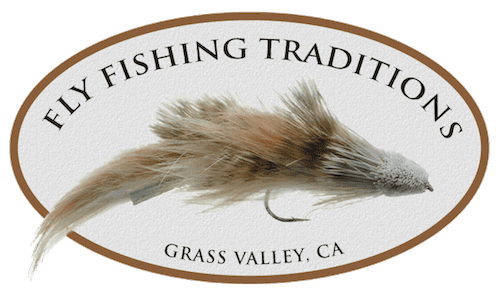

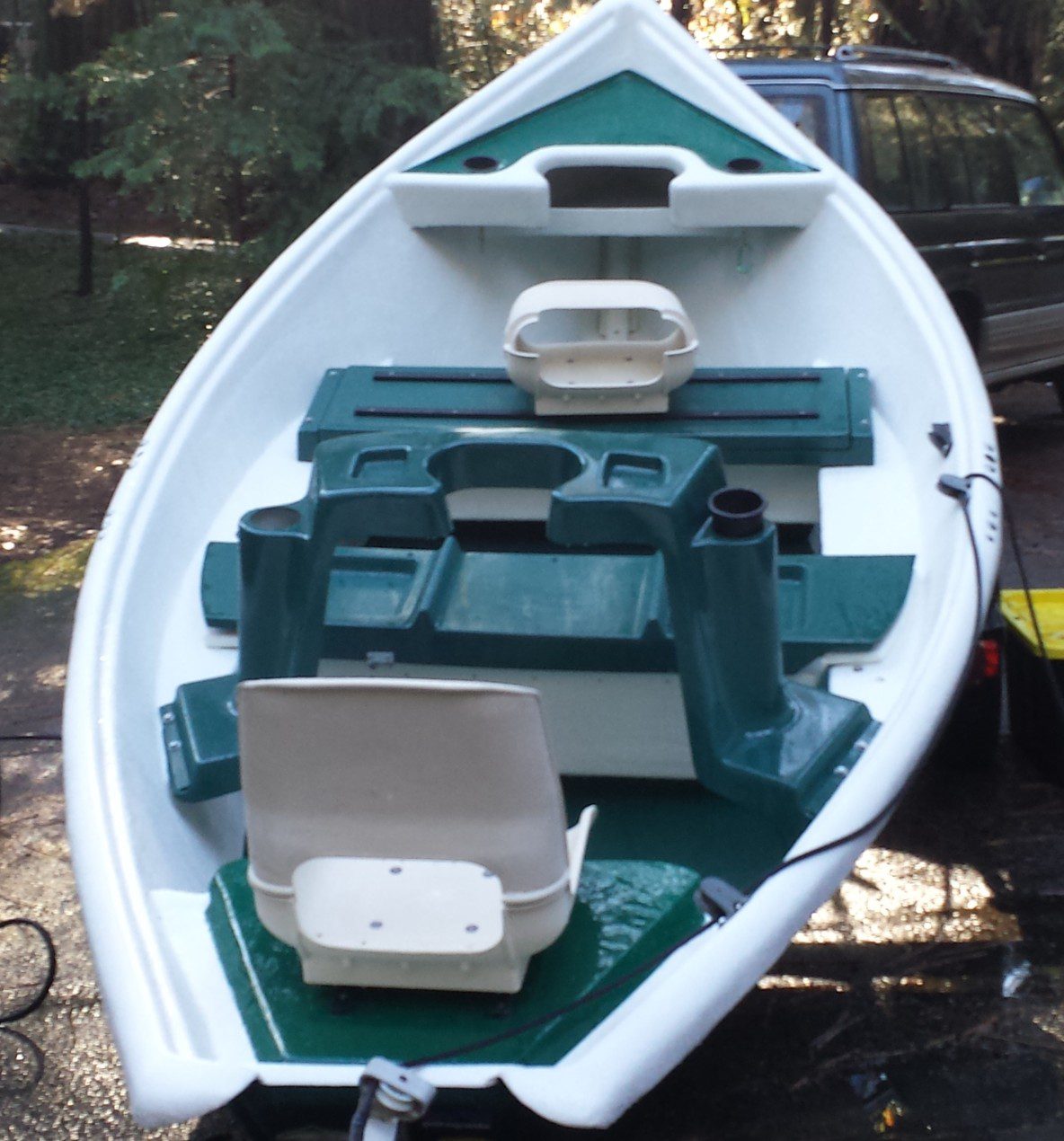

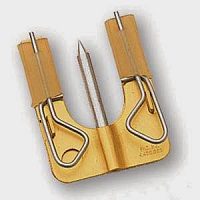


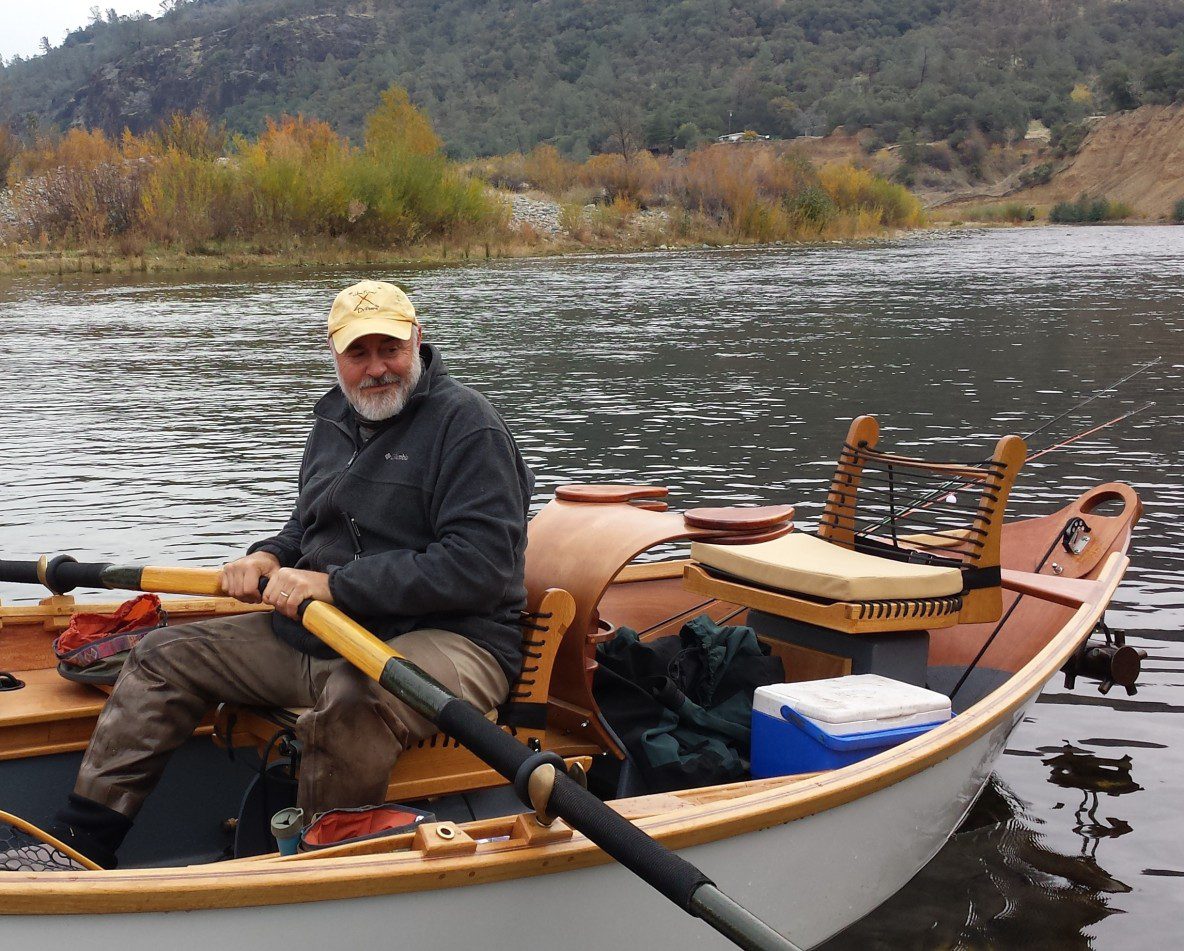
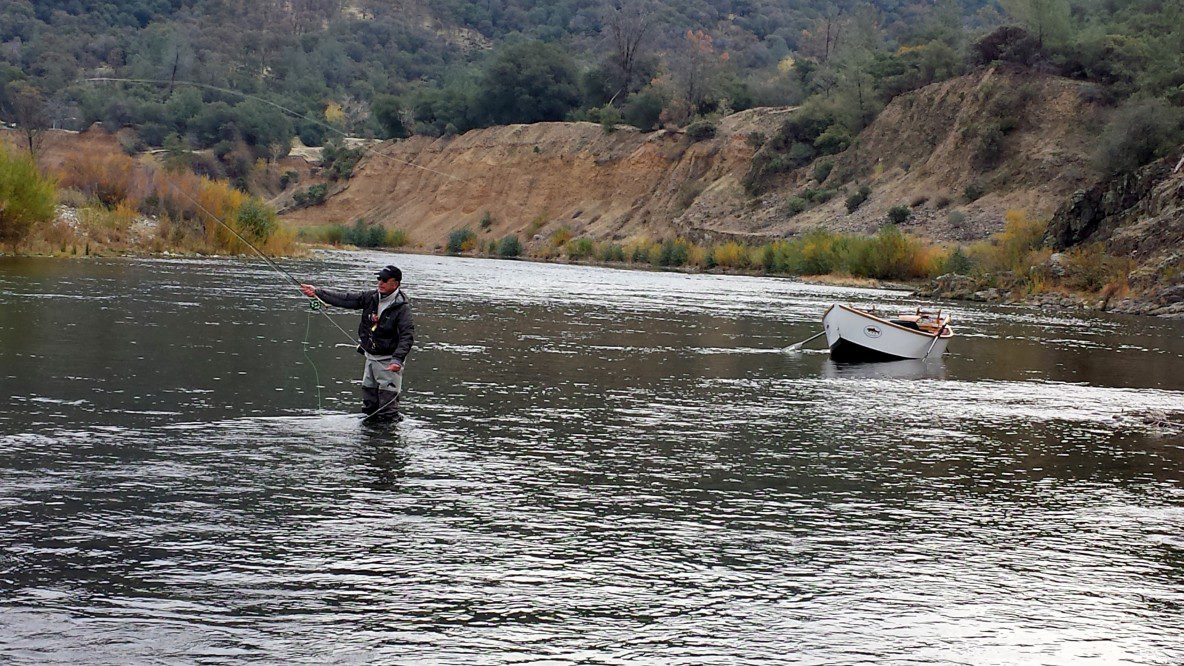
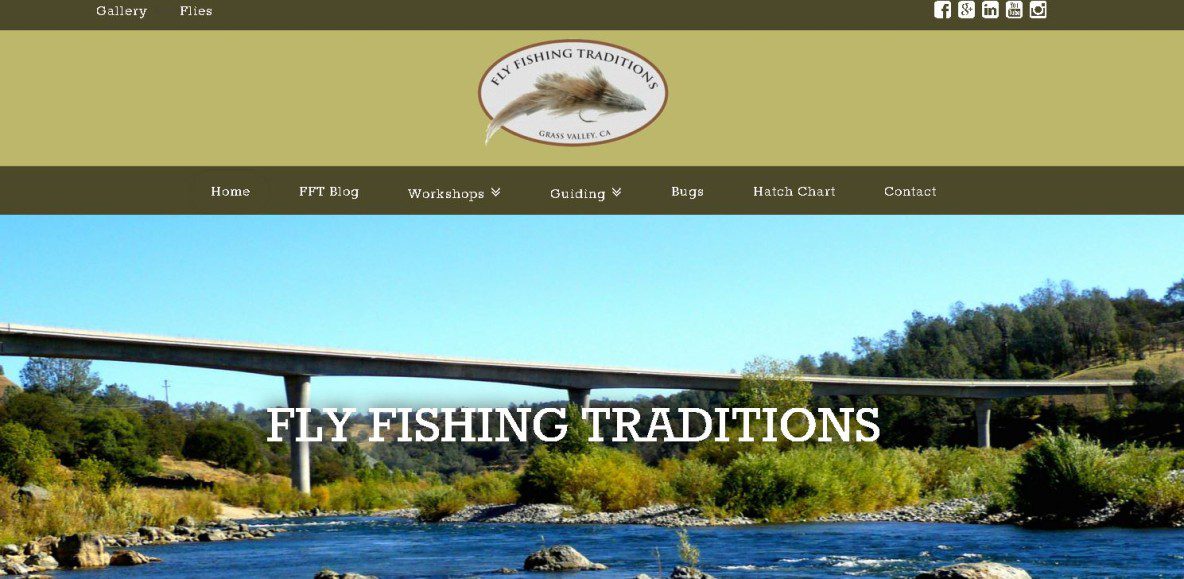
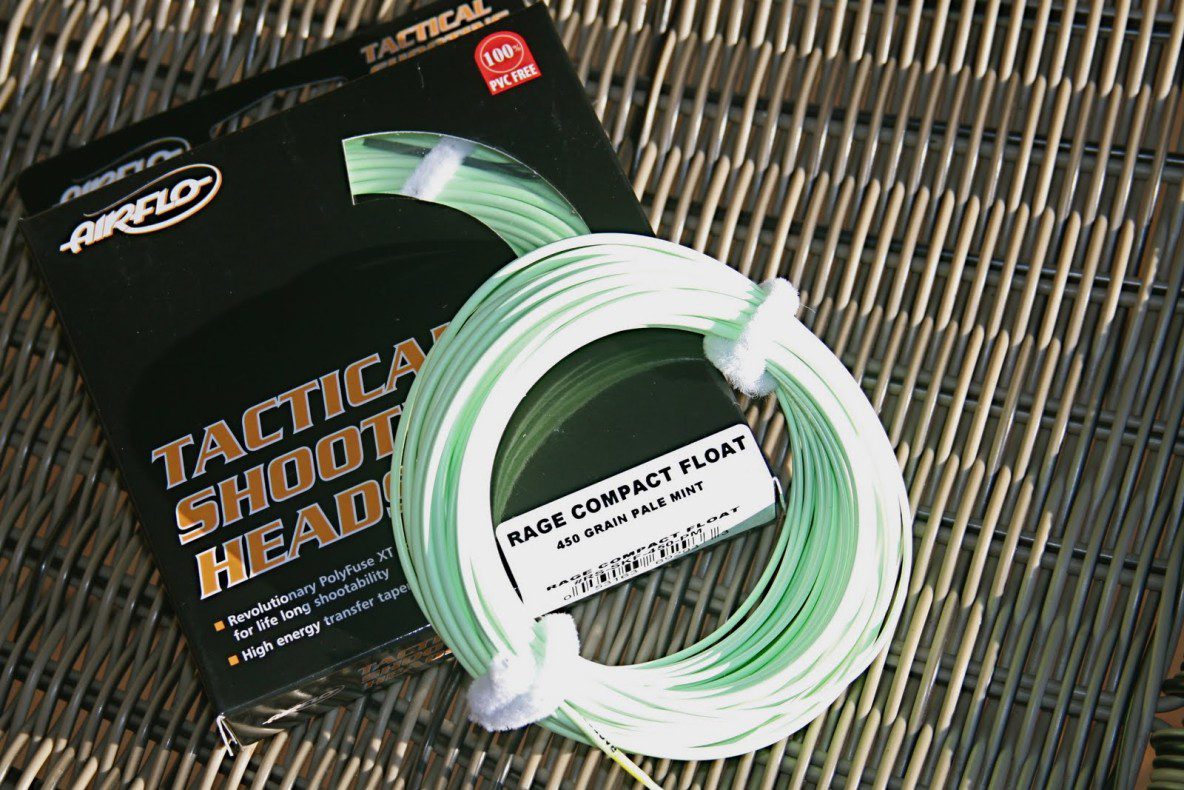
 A new feature on all Airflo Spey lines that the labeling of line type/size is on the front loop, plus the old color coded system.
A new feature on all Airflo Spey lines that the labeling of line type/size is on the front loop, plus the old color coded system.